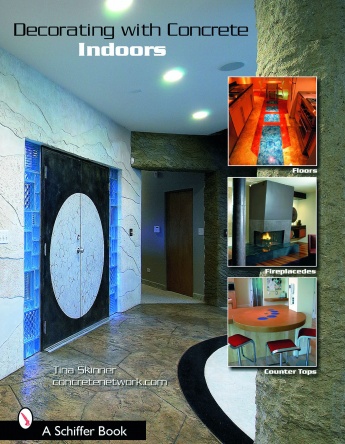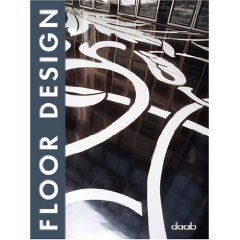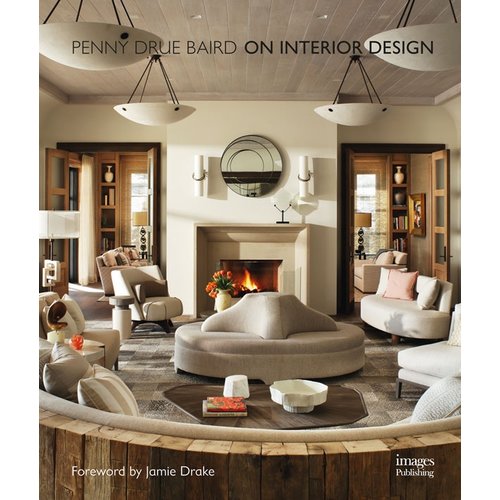Acoustic Underlayment: More than Just "Padding"

In high-rise apartments, lofts and condos, as well as private homes, having things quiet between floors is almost as important as large closets.

In high-rise apartment buildings, multi-story condos and converted lofts, as well as in private homes, having things quiet between floors is almost as important as large closets.
Under floating wood and laminate, glue-down and nail-down solid and engineered wood, luxury vinyl tile and ceramic tile flooring, a well-matched, high-performing acoustic floor underlayment can noticeably improve sound control between dwellings or floors.
Acoustic underlayment can address both airborne noise, which travels through floor/ceiling assemblies and walls, and structure-borne noise, which travels through the building itself.
Airborne noise results from speech, music, TV, etc., and travels through the atmosphere, while structure-borne noise is caused by impact sounds from walking, fallen objects, or the moving of chairs or other furniture in the unit above.
Quality acoustic underlayment is widely available, and is made from fiber, cork, rubber and other materials. Sound-handling properties differ among types and among options within types.
There are a number of underlayments currently available, each boasting features specifically engineered to enhance sound performance in the type of floor for which it is marketed. For example, a fiber acoustic underlayment designed for laminate flooring not only can provide good sound absorption but can also help make laminate floors sound more like real wood. A fiber acoustic underlayment designed for under ceramic tile may include crack suppressing capabilities.
IIC tests the ability of a particular floor/ceiling assembly to block impact sound by measuring the resistance to the transmission of impact noise or structure-borne noise.
The typical range for an IIC rating is a single number between 20 and 80; the higher the number, the better the sound attenuation performance. The International Building Code minimum standards for multi-family dwellings are 50 for new construction, tested in a controlled laboratory environment.
Condominiums and high-rises commonly require an IIC rating of 50 as well. Field tests for the same properties may be conducted in an actual building after the floor installation is completed. The UBC calls for a rating of at least 45 in these tests.
However, that performance does not necessarily satisfy tenants, who are likely to still notice and complain about footfall noise. Products that, in a floor-ceiling assembly, can achieve a higher score – say 60 or even 70-plus – would buffet sound transmission that much more effectively.
The STC test rates the ability of a specific construction assembly (e.g. floor, window, door) to reduce airborne sounds, such as from voices, stereo systems, and TVs. The higher the number, the higher the resistance.
When comparing underlayment for acoustic performance, another way to compare is to evaluate product certifications, which can be addressed in any of three ways. First-party certification is self-certification by the manufacturer. Second-party certification typically involves assessment by a trade organization. Third-party certification is conducted by an independent, unbiased laboratory and is generally the most rigorous.
Beyond performance, there are other benefits to consider. There are acoustic underlayments made entirely or substantially from recycled materials and feature a composition that minimizes or eliminates the effects of off-gassing not only during and soon after installation but also throughout the life of the finished floor. Some products incorporate antimicrobials. And under any hard surface finished floor, firm underlayment can provide proper support to prevent premature wear and tear, extending durability and longevity of the installation.
Acoustic underlayment designed for laminate flooring can, in some cases, help smooth out minor imperfections in the subfloor and enable the top finish surface to lay flat.
A quality product can also add to the insulation of the flooring assembly, helping keep floors warmer in cold weather and cooler in warm weather. Some feature moisture management systems that wick subfloor or incidental perimeter moisture and disperse it through the pad, with moderate amounts of moisture eventually dissipating over time by evaporation, provided the source of water such as a leak is stopped. And of course, the additional cushioning underfoot can lessen the strain of each footfall on knee and hip joints, a good selling point for any family with baby boomers or their elders.
When selling quality flooring, talking to customers about the benefits of acoustic underlayment can be quite a sound investment.

In high-rise apartment buildings, multi-story condos and converted lofts, as well as in private homes, having things quiet between floors is almost as important as large closets.
Under floating wood and laminate, glue-down and nail-down solid and engineered wood, luxury vinyl tile and ceramic tile flooring, a well-matched, high-performing acoustic floor underlayment can noticeably improve sound control between dwellings or floors.
Acoustic underlayment can address both airborne noise, which travels through floor/ceiling assemblies and walls, and structure-borne noise, which travels through the building itself.
Airborne noise results from speech, music, TV, etc., and travels through the atmosphere, while structure-borne noise is caused by impact sounds from walking, fallen objects, or the moving of chairs or other furniture in the unit above.
Quality acoustic underlayment is widely available, and is made from fiber, cork, rubber and other materials. Sound-handling properties differ among types and among options within types.
There are a number of underlayments currently available, each boasting features specifically engineered to enhance sound performance in the type of floor for which it is marketed. For example, a fiber acoustic underlayment designed for laminate flooring not only can provide good sound absorption but can also help make laminate floors sound more like real wood. A fiber acoustic underlayment designed for under ceramic tile may include crack suppressing capabilities.
Know the Numbers
There are two popular, widely accepted tests recognized by the International Building Code, both performed in a controlled laboratory environment, for sound that travels from one living area down to another: Impact Insulation Class (IIC) and Sound Transmission Class (STC).IIC tests the ability of a particular floor/ceiling assembly to block impact sound by measuring the resistance to the transmission of impact noise or structure-borne noise.
The typical range for an IIC rating is a single number between 20 and 80; the higher the number, the better the sound attenuation performance. The International Building Code minimum standards for multi-family dwellings are 50 for new construction, tested in a controlled laboratory environment.
Condominiums and high-rises commonly require an IIC rating of 50 as well. Field tests for the same properties may be conducted in an actual building after the floor installation is completed. The UBC calls for a rating of at least 45 in these tests.
However, that performance does not necessarily satisfy tenants, who are likely to still notice and complain about footfall noise. Products that, in a floor-ceiling assembly, can achieve a higher score – say 60 or even 70-plus – would buffet sound transmission that much more effectively.
The STC test rates the ability of a specific construction assembly (e.g. floor, window, door) to reduce airborne sounds, such as from voices, stereo systems, and TVs. The higher the number, the higher the resistance.
When comparing underlayment for acoustic performance, another way to compare is to evaluate product certifications, which can be addressed in any of three ways. First-party certification is self-certification by the manufacturer. Second-party certification typically involves assessment by a trade organization. Third-party certification is conducted by an independent, unbiased laboratory and is generally the most rigorous.
Beyond performance, there are other benefits to consider. There are acoustic underlayments made entirely or substantially from recycled materials and feature a composition that minimizes or eliminates the effects of off-gassing not only during and soon after installation but also throughout the life of the finished floor. Some products incorporate antimicrobials. And under any hard surface finished floor, firm underlayment can provide proper support to prevent premature wear and tear, extending durability and longevity of the installation.
Acoustic underlayment designed for laminate flooring can, in some cases, help smooth out minor imperfections in the subfloor and enable the top finish surface to lay flat.
A quality product can also add to the insulation of the flooring assembly, helping keep floors warmer in cold weather and cooler in warm weather. Some feature moisture management systems that wick subfloor or incidental perimeter moisture and disperse it through the pad, with moderate amounts of moisture eventually dissipating over time by evaporation, provided the source of water such as a leak is stopped. And of course, the additional cushioning underfoot can lessen the strain of each footfall on knee and hip joints, a good selling point for any family with baby boomers or their elders.
When selling quality flooring, talking to customers about the benefits of acoustic underlayment can be quite a sound investment.
Looking for a reprint of this article?
From high-res PDFs to custom plaques, order your copy today!









